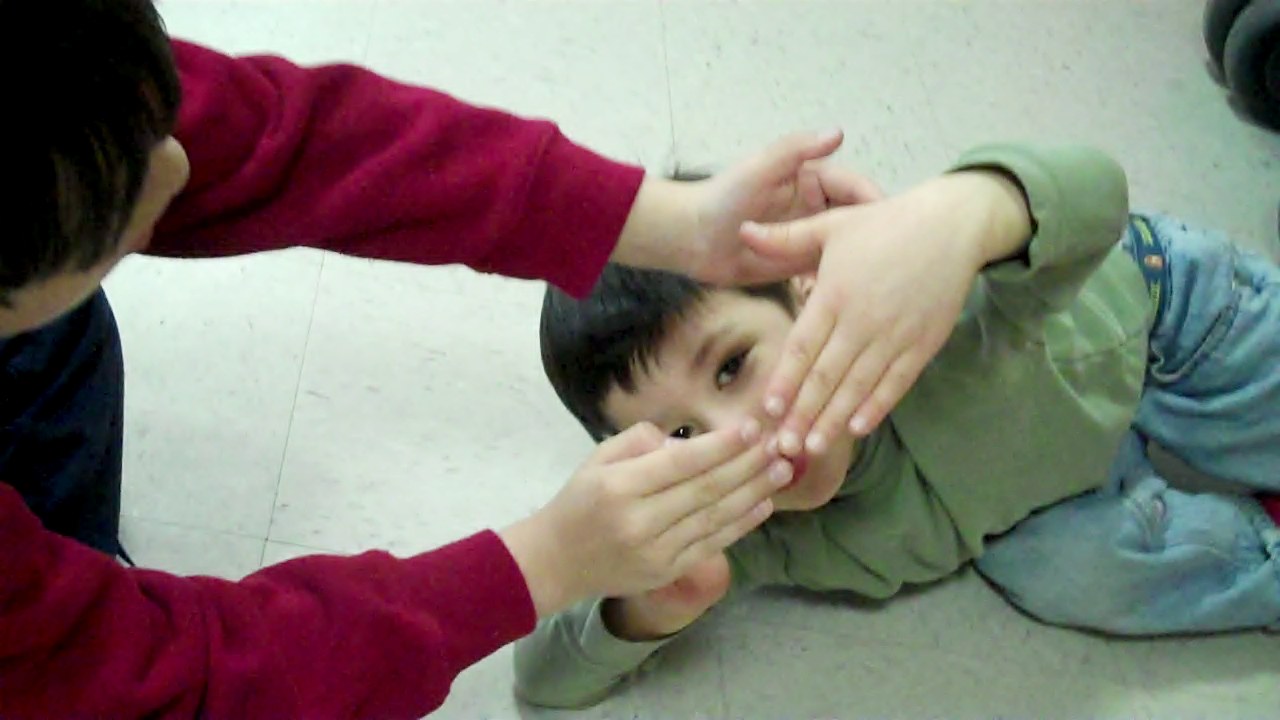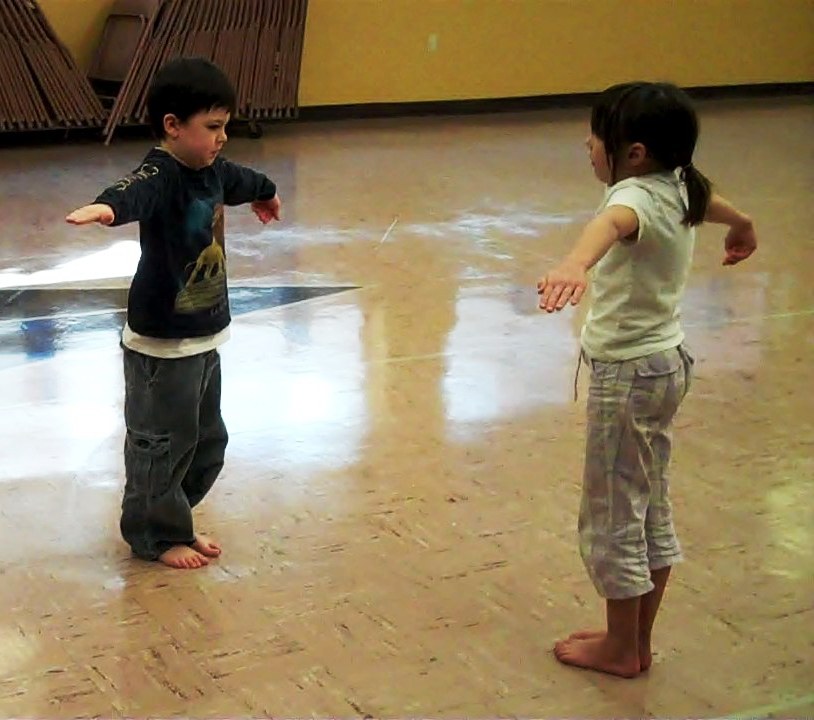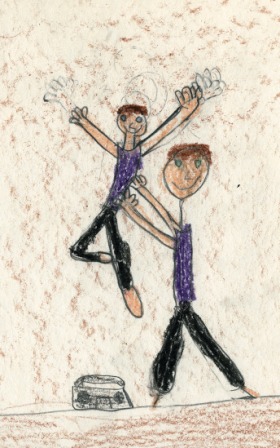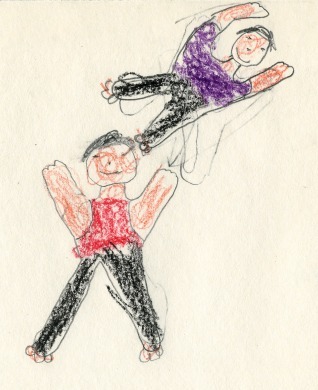Classroom Instruction
(The workshop) "Increased awareness of the benefits of teaching to all intelligences / learning styles and increased the opportunity for individual creativity".
-Teri Evans, Teacher
Springfield Public Schools
Student Workshops/Residencies Offered
Rationale for the Kinesthetic Learner
As defined by The Kennedy Center, "Arts Integration is an approach to teaching in which students construct and demonstrate understanding through an art form. Students engage in a Creative process which connects an art form and another subject area and meets evolving objectives in both".
A teacher who integrates the arts recognizes that learning happens when students take in and express themselves in the world using verbal, visual, and kinesthetic modalities. Creating an artistic product is a process where skills and knowledge are interconnected and reinforce each other. Referred to as Habits of Mind and the four C’s of the 21st Century Learning Skill Set (Communication, Critical Thinking, Creativity, and Collaboration) the arts develop a unique set of skills. These skills allow students to engage and persist in problem solving, imagining the next steps for the creation of a work of art, and reach beyond their capabilities to embrace opportunities from which they grow and learn.
The Kinesthetic intelligence is a way of teaching, learning, and knowing which addresses the ability to use physical movement and the wisdom of the body to create a product or solve a problem. Older students may be good dancers or athletes, or particularly good at mimicking others. Athletes, surgeons, and craft people use all or part of their bodies in this highly skilled intelligence. This way of learning is most evident in the young student who has a hard time sitting still; I often call these pupils my classroom movers.
Movement classes build basic skills that all children should possess and dance gives students an important tool to understand and express who they are in the world. Dance engages a child to observe, focus, collaborate, persevere, make decisions, and receive constructive feedback. Dance enables a student to learn to evaluate one’s own work and working process and the work of others in relation to a set of standards. As a result, students are better equipped to create and respond to the world and to their immediate environment. These students are better prepared for employment that requires broad access to multiple means of communication and strategies for creativity and collaboration.
Copyright S. Harlan Brownlee: No copying or other reproduction of this work allowed without the express written permission of the author, ©2014.



